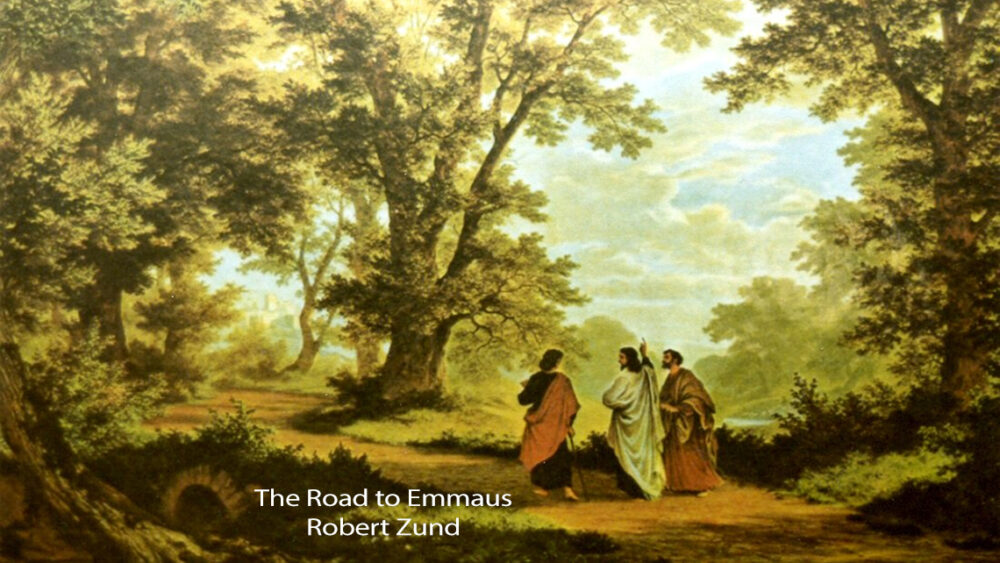An example of the importance of considering each part of Scripture’s teaching on any subject in the light of the whole is the second coming of Christ. It would be easy (and dangerous) to be selective in the texts from which we build up our doctrine. Thus, some passages indicate that Christ’s return will be personal and visible, indeed that he will come ‘in the same way’ as he went (Acts 1:11). But before we press this into meaning that the return will be a kind of ascension in reverse, like a film played backwards, and that Christ will set his feet on the precise spot on the Mount of Olives from which he was taken up, we need to consider something Jesus said to counter those who wanted to localize his return: For the Son of Man in his day will be like the lightning, which flashes and lights up the sky from one end to the other (Lk. 17:24). The truly biblical Christian, anxious to be faithful to all Scripture, will want to do equal justice to both these strands of teaching. The coming of the Lord will indeed be personal, historical and visible; but it will also be ‘in power and great glory’, as universal as the lightning, a transcendent event of which the whole human population of both hemispheres will be simultaneously aware.
—Dr. John R.W. Stott, Understanding the Bible, 179
